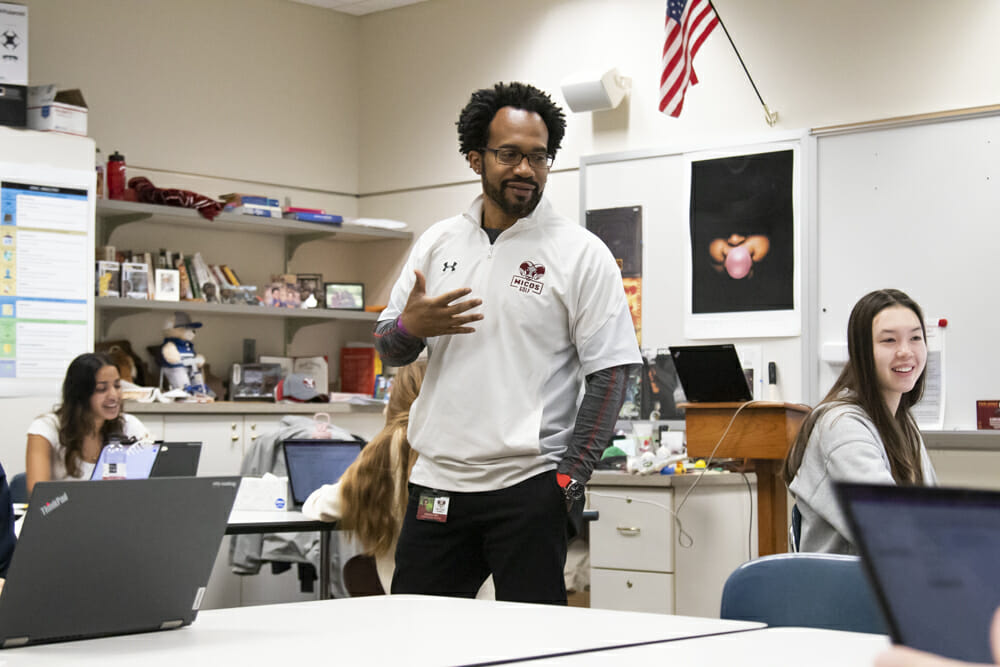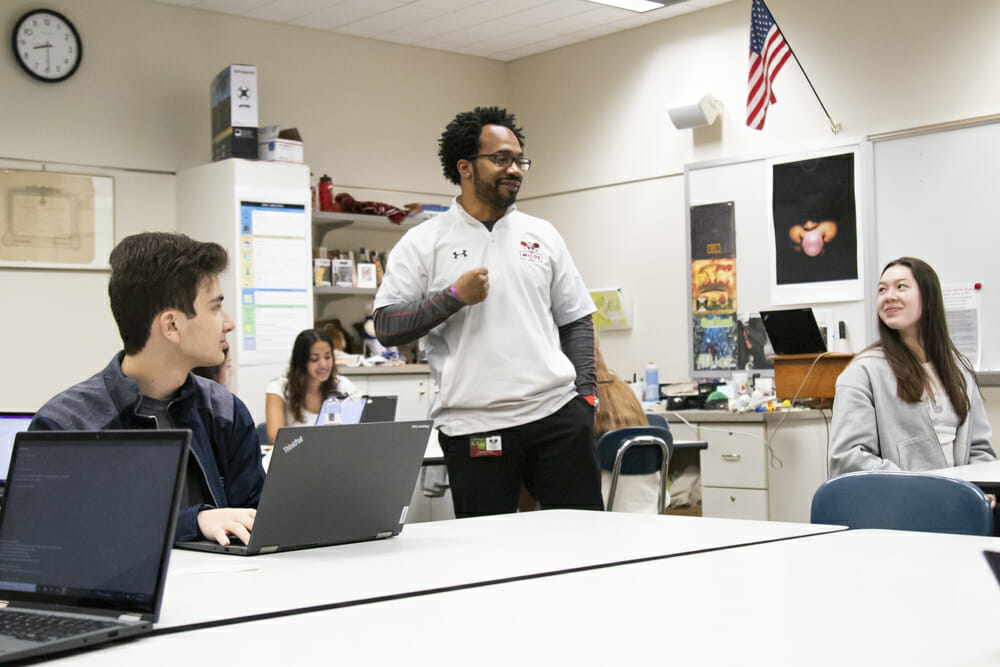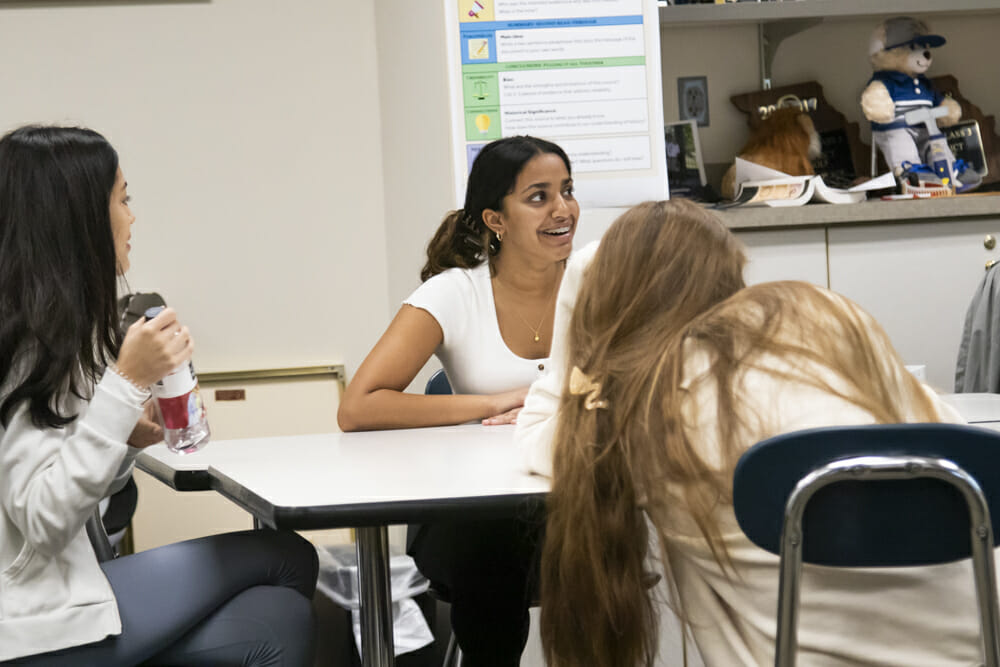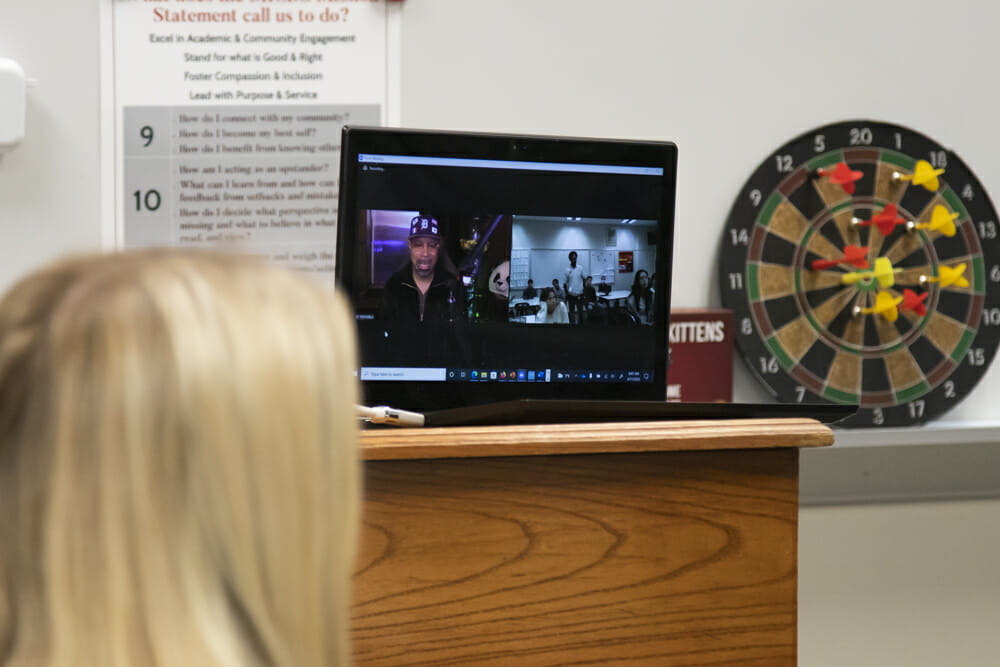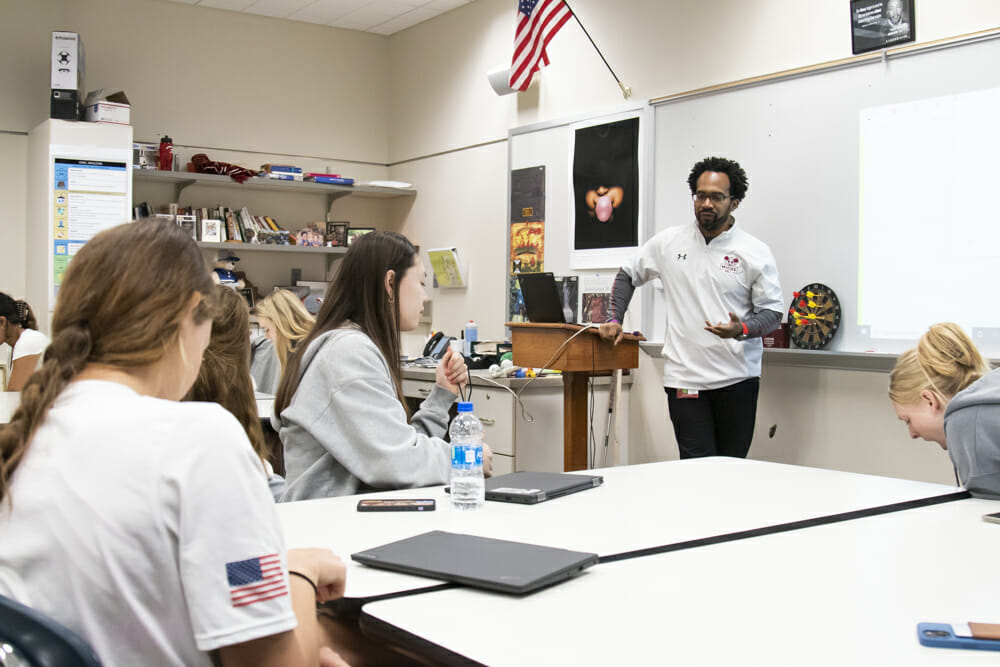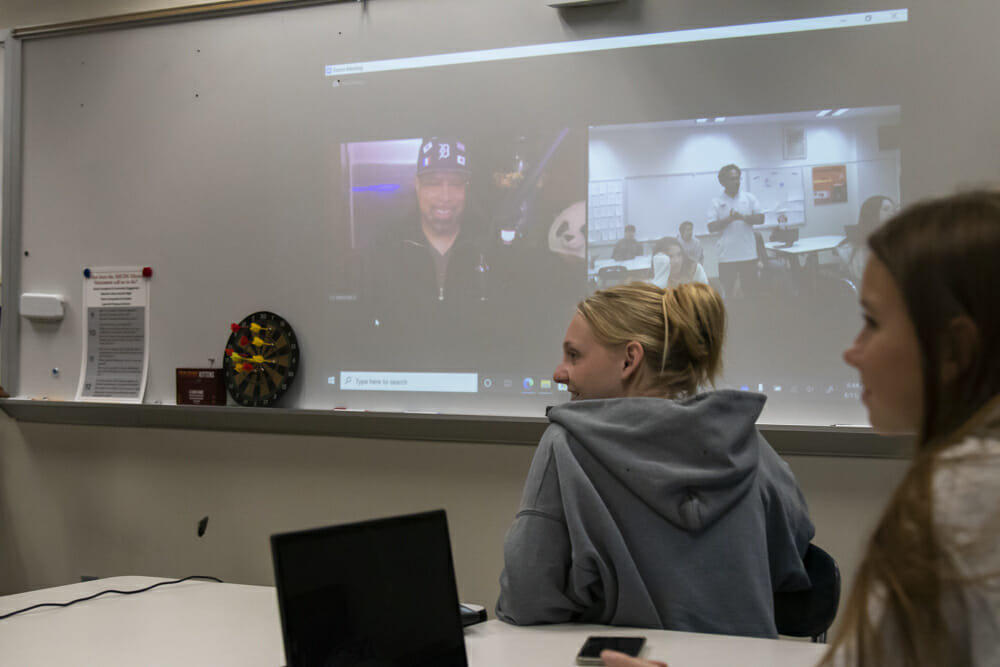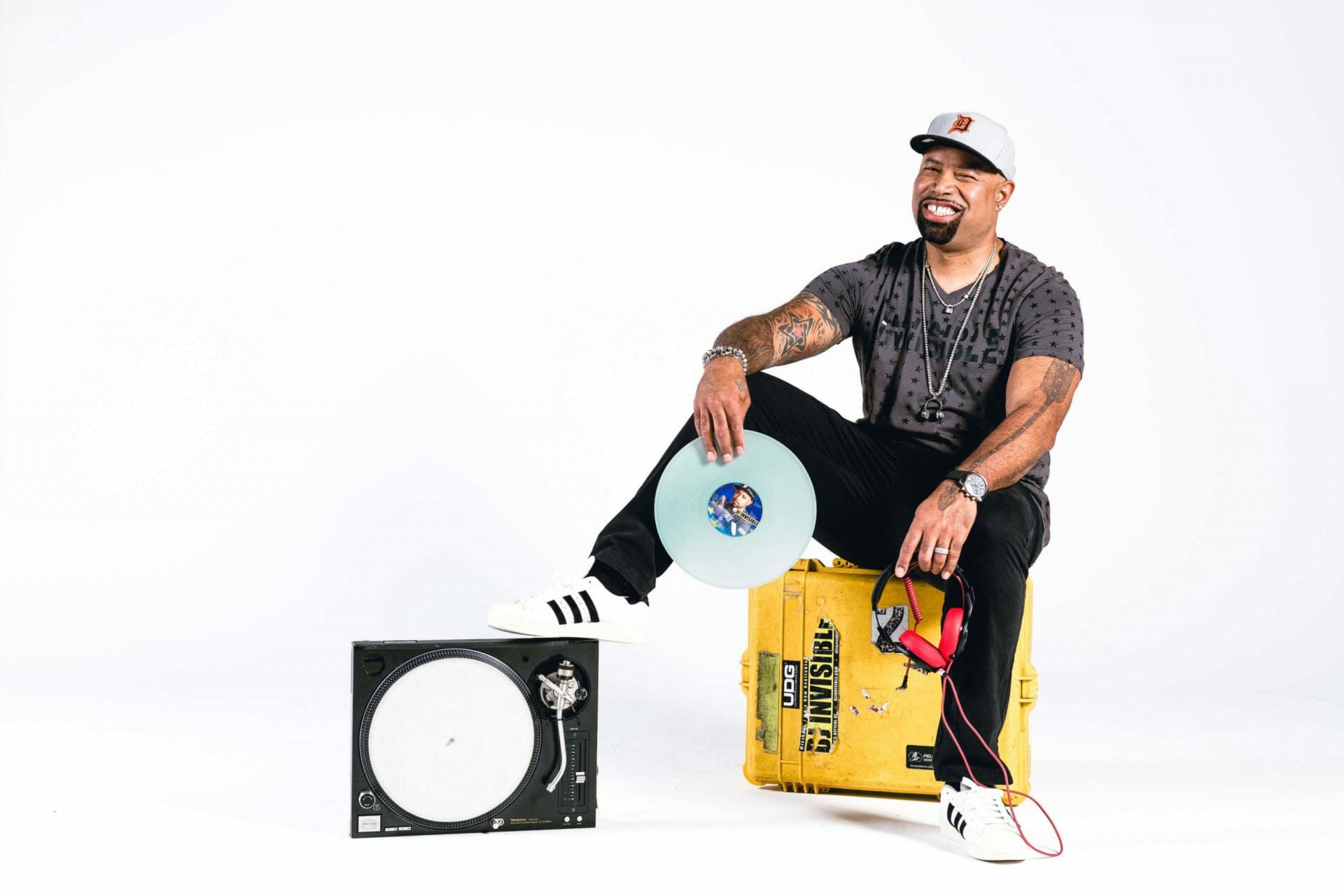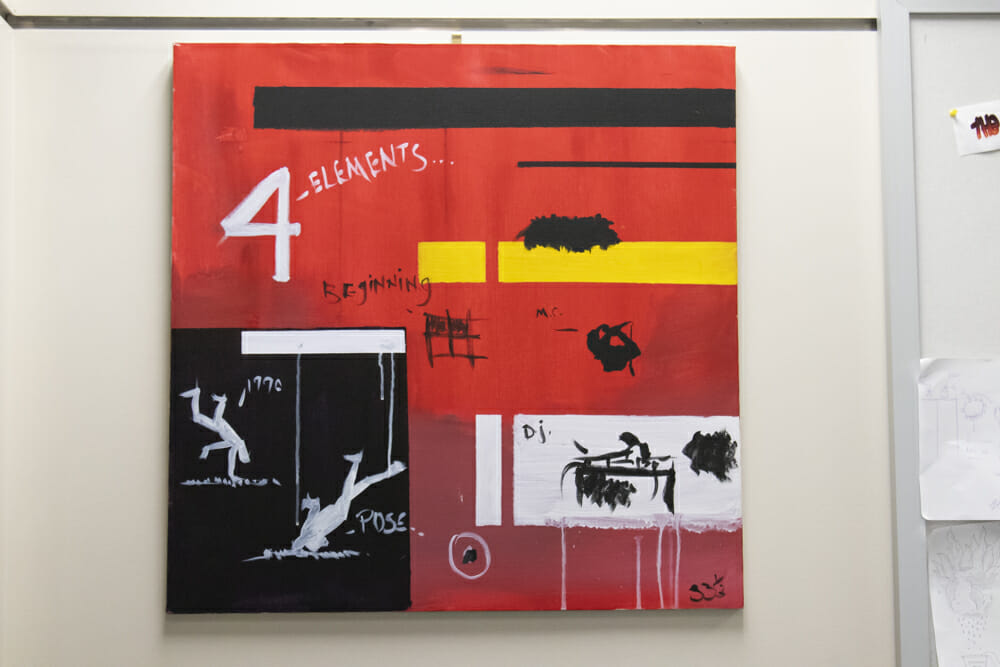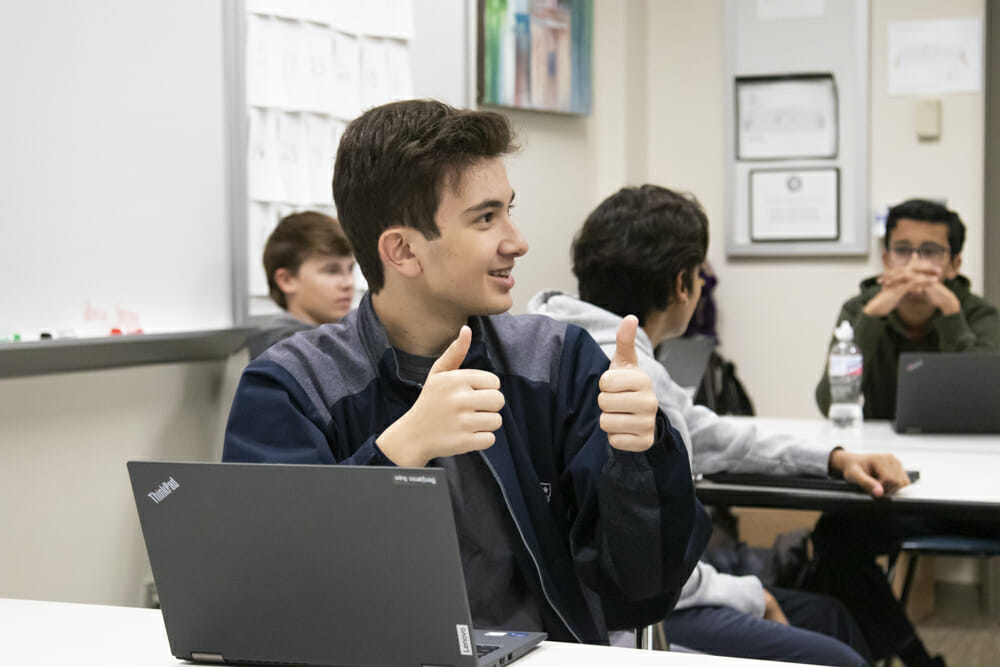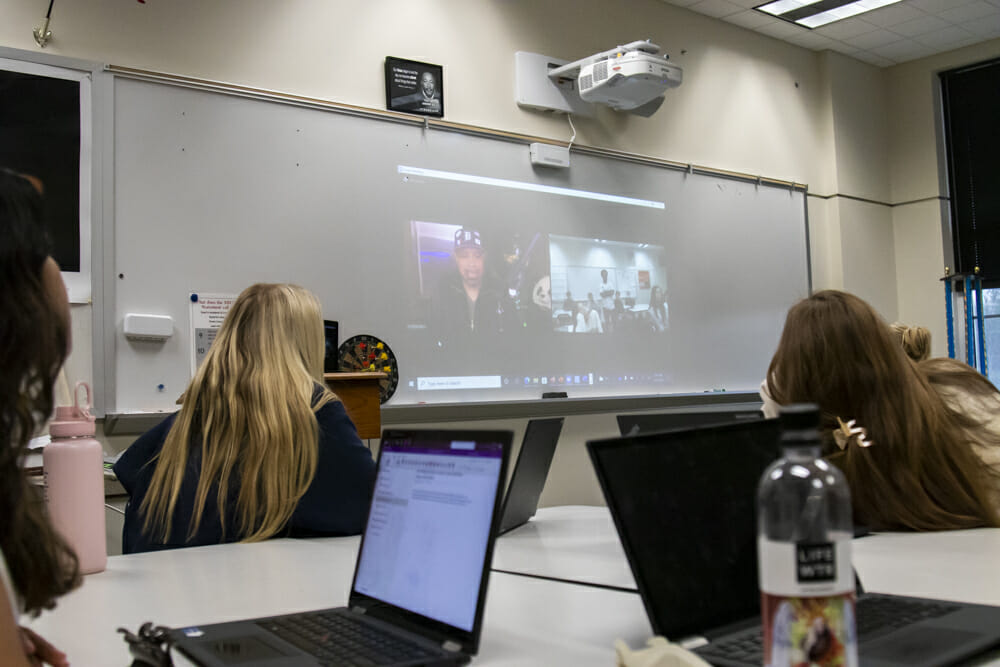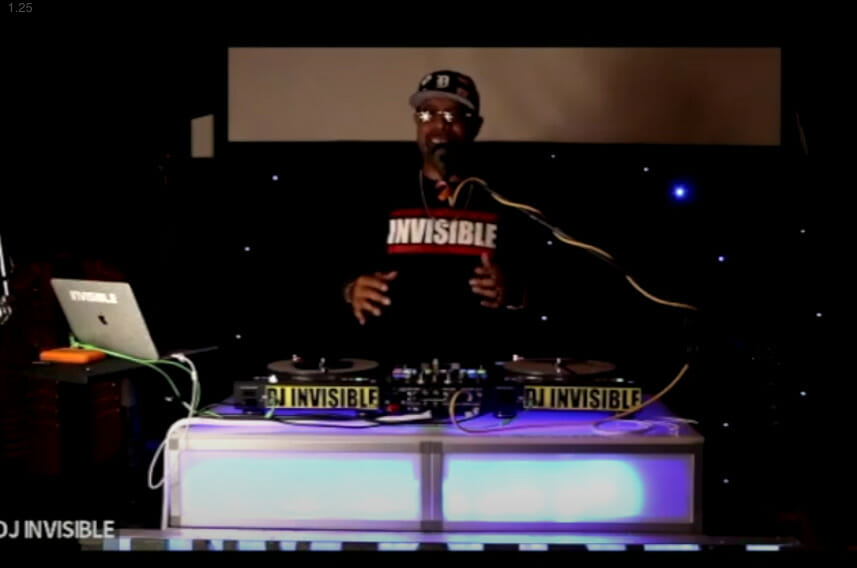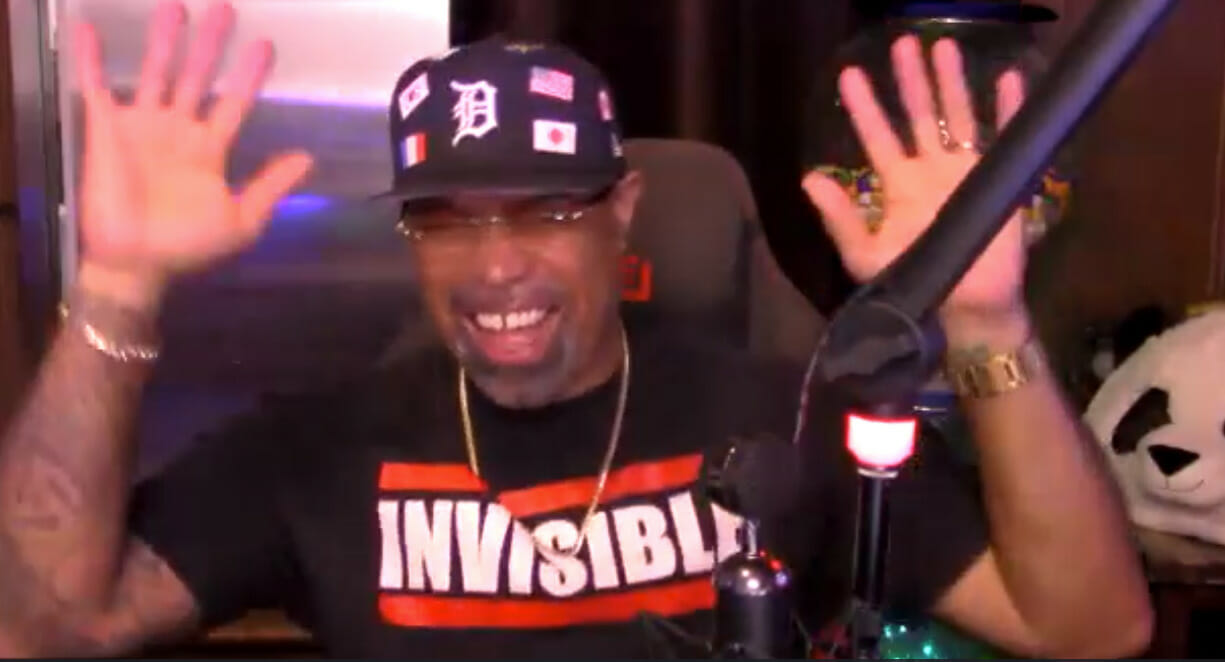What does hip-hop music have to do with United States history? The answer is innovation! Tenth-grade students enjoyed visiting with a special guest in history class for their unit on innovation through arts, culture, and entertainment.
Upper School History Teacher Changa Bey invited music and cultural ambassador DJ Invisible to meet with his students over Zoom to help them understand how innovation in the arts helps shape cultures worldwide and define how hip-hop, specifically, has shaped American culture. „When thinking about innovation, everyone talks about the STEM disciplines of science, technology, engineering, and math. But equally as important are creativity, problem-solving, and artistic expression—these are all hallmarks of innovation,“ said Bey.
Before the visit, Bey guided his students through an article in Time Magazine about funding and the importance of the arts. The arts are often viewed as non-practical, but data shows that „Nobel Laureates in sciences are 22 times more likely than the average scientist to sing, dance, act, or perform in some way; seven times more likely to be a visual artist; and 12 times more likely to write poetry and literature.“ Beyond the sciences, the arts benefit day-to-day life by improving communication skills and the ability to express ideas. Unfortunately, budgets for arts programs are typically the first to be cut when there is a resource constraint.
Students considered how visual and performing arts help to bolster a sense of American culture and identity. They shared reflections such as:
- „The idea of innovation in arts has led us to think we’re better at these things than other countries.“
- „Many other countries have arts programs that are arguably better than our own. Other countries take great national pride in them.“
- „The arts are a good way to share with other cultures coming to America about ‚what’s American.'“
Bey then welcomed Carl „DJ Invisible“ Hollier into the classroom via Zoom to learn how hip-hop has shaped American culture. DJ Invisible is a Muscogee Creek Native American Master Turntablist based out of Detroit, Michigan, and works with the United States Department of State as a Music and Cultural Ambassador. Between touring the world with A-list musicians, he also spins at clubs, concerts, and festivals; hosts virtual events; and teaches the various DJ arts. He is currently touring with the American Music Abroad (AMA) program, which „brings people together across the world through education, entertainment, and the legacy of 70 years of musical diplomacy through the U.S. Department of State. AMA is the direct descendant of the Jazz Ambassadors programs of the 1950s, which continues to demonstrate the power of cultural diplomacy as a tool to bring people together with music, the universal language.“
DJ Invisible shared with students about his role in „Hip-lomacy“ with the AMA, which involves reaching out to local communities and serving as an ambassador bridging the gap between American culture and cultures abroad. Aside from sharing the stage with artists like Eminem and Rhianna, he has traveled to places like Kazakhstan, Pakistan, and Madagascar and will soon travel to India, Thailand, Nigeria, and Uganda.
He explained the five elements of hip-hop: DJ, emcee, break dancing, beatboxing, and graffiti. So when planning a tour overseas, he pulls together the best. For example, this year’s tour includes an internationally renowned Grammy-winning poet emcee (from Hamilton writing fame), a professional dancer/choreographer, and a winning beat-boxer from America’s Got Talent. Then DJ Invisible shared some basic hip-hop history, starting with DJ Kool Herc in the Bronx (Clive Campbell, a Jamaican-American DJ) who developed different styles such as the Merry-Go-Round and The Break. After that, he moved on to Grand Master Flash and his cueing Peek-a-Boo technique. Grand Master Flash created many techniques by pulling apart sound mixing machines and rewiring them for the particular sound he wanted. And, thanks to modern technology, DJs no longer have to carry around crates of vinyl records because they can access everything they need from a computer.
A fun fact about DJ Invisible is how he got his name. He shared that his basketball coach in high school never gave him much playing time, so out of frustration, his mother called him „The Invisible Man,“ which stuck!
He closed out the session with a quick turntable demonstration in his studio. Finally, he encouraged students to travel to learn about other cultures and broaden their horizons beyond the American experience.
Bey was excited to share with his students the history of his longtime friendship with DJ Invisible, „DJ Invisible is a good friend of mine. I’ve known him for more than two decades when we were a part of the Detroit hip-hop and poetry scene when I used to be a performance poet and emcee. Hip-hop is a major part of who I am and a true American art form that is now an intricate part of global culture. It was a great chance to get a world-renowned entertainer and artist to talk to the kids.“
Mikaela Mikulec ’24 remarked on the visit, „I thought it was super cool to Zoom with a person with such a unique job, and hearing about his travels was really interesting. I had never thought about the idea of a music/culture ambassador, but now I see the importance of bridging gaps between cultures. I loved how DJ Invisible tied in his occupation, music, with our current unit, innovation. Also, his DJ-ing demo was a super fun thing to experience!“
Thank you, DJ Invisible and Mr. Bey, for an entertaining and thought-provoking history lesson! As Albert Einstein once said, “I am enough of the artist to draw freely upon my imagination. Imagination is more important than knowledge. Knowledge is limited. Imagination encircles the world.”
